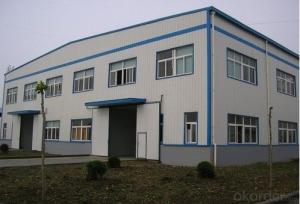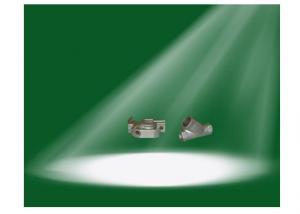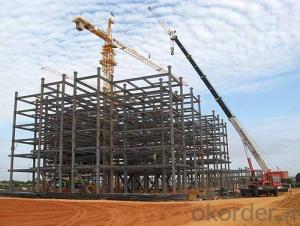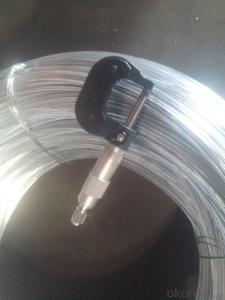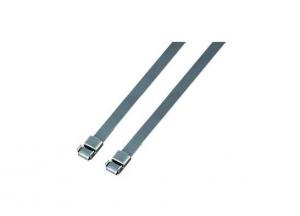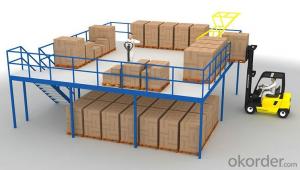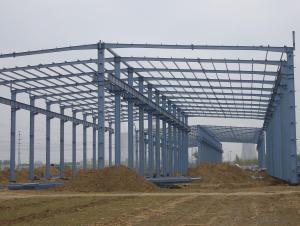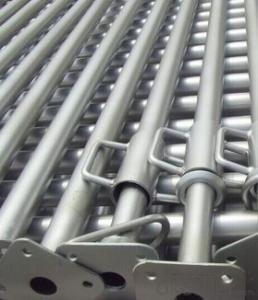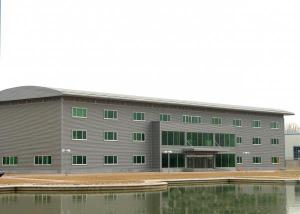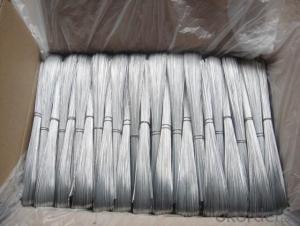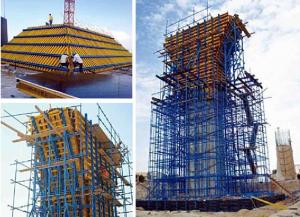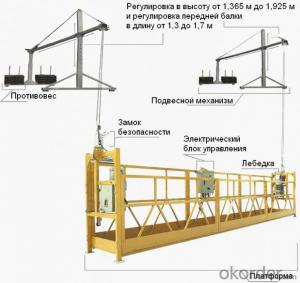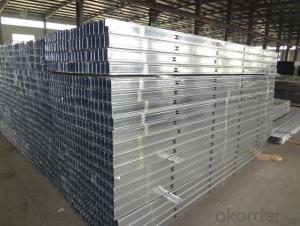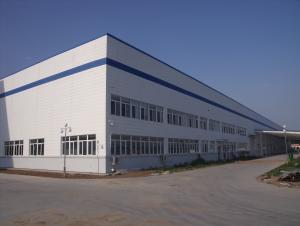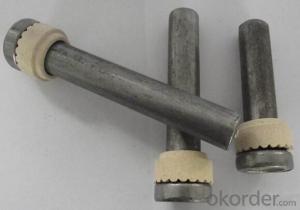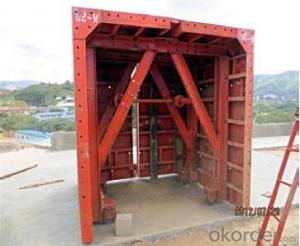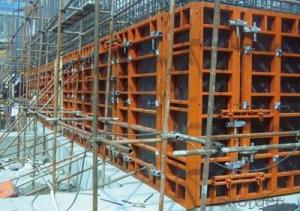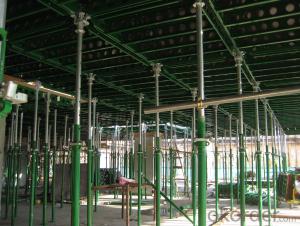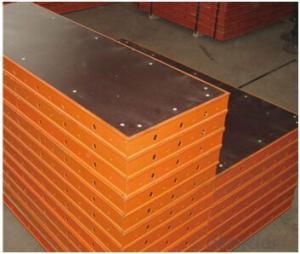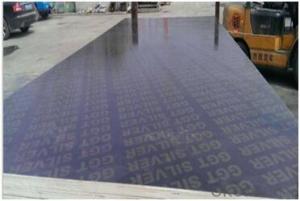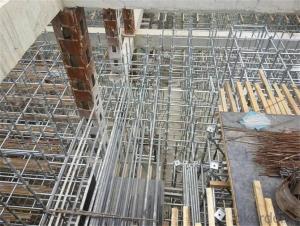Steel Column Connection To Foundation
Steel Column Connection To Foundation Related Searches
Steel Column To Steel Beam Connection Steel Structure Beam Column Connection Joining Steel Beams Bolting Steel Beams Together Steel Partition Wall Steel Modular Homes Stainless Steel Quick Connect Stainless Steel Coupling Steel Metal Homes Mini Flange Connection Structural Columns And Beams Forging Stainless Steel Steel Building Homes Stainless Steel Plant Steel Frames For Furniture Steel Homes Pre Engineering Steel Structure All Steel Building Systems Stainless Steel Frame Glue To Stainless Steel Stainless Steel Flange Drilling Into Stainless Steel Stainless Steel Funnel Stainless Steel Elements Stainless Steel Collar Pitting On Stainless Steel Steel Villa Stainless Steel Restoration Sublimating On Stainless Steel Stainless Steel FunnelsSteel Column Connection To Foundation Supplier & Manufacturer from China
Steel Column Connection To Foundation is a critical component in construction projects, specifically designed to securely join steel columns to their respective foundations. This connection ensures stability and load-bearing capacity, which are essential for the structural integrity of buildings and other structures. The product is engineered to withstand various environmental conditions and is widely used in commercial, industrial, and residential construction.The application of Steel Column Connection To Foundation can be found in a variety of scenarios, such as high-rise buildings, bridges, and other infrastructure projects where steel columns are a fundamental part of the design. These connections are crucial for transferring loads from the superstructure to the ground, providing a reliable and robust support system. They are also used in earthquake-prone areas to enhance the seismic performance of structures, ensuring safety and minimizing damage during seismic events.
Okorder.com is a reputable wholesale supplier of Steel Column Connection To Foundation, boasting a large inventory that caters to the diverse needs of construction companies and engineers. The platform offers a comprehensive range of products, ensuring that customers can find the exact connection type required for their specific project. With a commitment to quality and customer satisfaction, Okorder.com has established itself as a trusted source for steel column connections to foundation, providing reliable solutions for both large-scale and small-scale construction endeavors.
Hot Products

